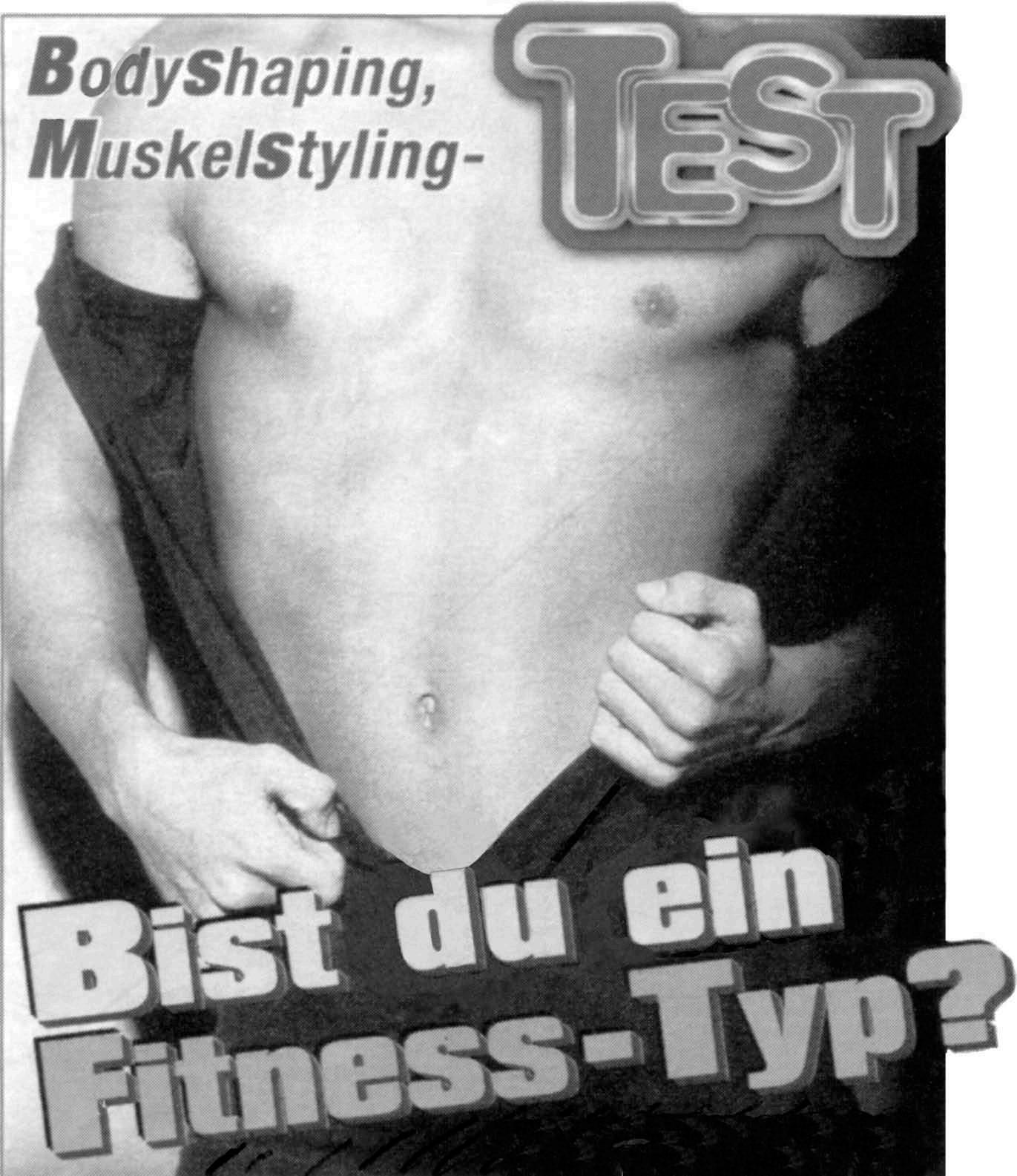186
Spoken and written German
b, d, g are pronounced like ‘p’, ‘t’ and ‘k’ at the end of a syllable: Sieb, Tod, Tag, abfahren, tödlich. However, the SUFFIX -ig is generally pronounced -ich: König, ruhig. ch
represents two distinct sounds:
•
The so-called ach-Laut, like Scots ch, is used after a, o, u and au: Bach, Loch, Buch, Rauch.
•
The so-called ich-Laut is like the hard ‘y’ sound at the beginning of English ‘huge’. It is used after the other vowels, and after l, n and r: mich, Bücher, Löcher, Pech, Milch, manchmal, Kirche.
The group chs is pronounced like English ‘x’: wachsen, Fuchs. qu
is pronounced like ‘kv’: Quelle, bequem.
r
varies considerably depending on the position in the word (and from region to region). The pronunciation is quite different from English ‘r’ and needs to be practised.
s
•
The most widespread pronunciation of r is at the back of the throat, similar to the ach-Laut, e.g. Rose, Rache, groß, größere, streiten, Werk, Kirche, Herr.
•
After a long vowel, written r is usually pronounced more like a very short unstressed ‘a’ sound: der, mir, Heer, werden, stört (pronounced as though written dea, mia, Heea, weaden, stöat).
is pronounced like English ‘s’ except in the following environments, where it is pronounced like English ‘z’:
• •
at the beginning of a word before a vowel: Sand, sagen; in the middle of a word between vowels or at the start of a syllable: lesen, blasen, Ferse, Felsen.
ss is always pronounced like English ‘s’. sch
is pronounced like English ‘sh’: Schuh, waschen.
sp, st The consonant groups st- and sp- are pronounced schp- and scht- at the beginning of a word or root: spielen, spät, versprechen, Straße, besteigen. ß
is pronounced like English ‘s’. It is only used after a long vowel or diphthong: Straße, Maß, Fuß, ließ, beißen. This is the letter most affected by the spelling reform: the old spelling system always had ß rather than ss at the end of words or syllables, even if the preceding vowel was short, e.g. daß, Fluß, faßte.
w
is pronounced like English ‘v’: Wasser, warten.
z
is pronounced like strong ‘ts’: Zeitung, faszinierend.
12.2 German spelling A reformed spelling of German was introduced in schools in 1998 (with a transitional period until 2005). Most printed materials now use the new spellings, and this is the spelling being taught in










